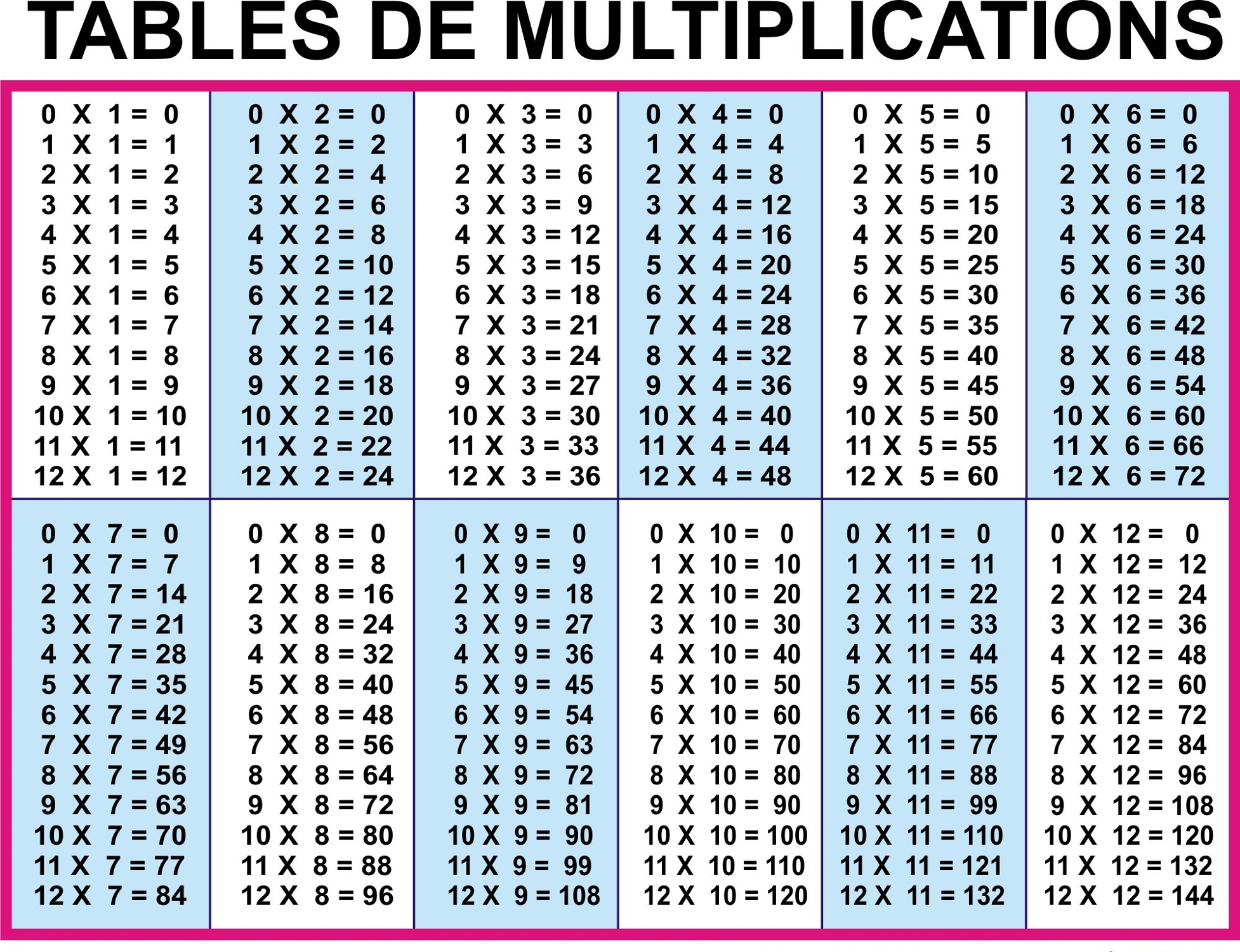
These songs have been a game changer for us, and we wanted to share them with parents and teachers around the world. I’ve now started teaching them to my youngest children as early as kindergarten age because they love to sing, and it’s fun. After singing the song just four times, she was already starting to skip count by herself. My second daughter, now 8-years-old, was asked to learn her 8’s this week. That way your child doesn’t have to worry about learning a tune, and can focus immediately on the numbers. While there are several options out there for skip counting songs, my favorite are the skip counting songs to familiar children’s tunes. If you can associate the numbers with the sounds in a song, the children will not only learn them faster, but retain them much longer than they would memorizing them exclusively through repetition. Have you ever wondered why children can learn the lyrics to songs so easily? It is because music can be used as a mnemonic device, that is a strategy to assist with memorization. Teach children to skip count to the tune of a simple song. That still leaves the problem of memorizing a string of numbers, and here’s where the magic is. You simply skip count 7’s, 4 times, 7, 14, 21, 28. Say the teacher asks you to multiply 4 x 7 = _. Using this method you can do single digit multiplication with ease. For example, if I was to skip count by 7 I would count, 7, 14, 21… and so on.
Skip counting is counting at intervals of whichever number you choose. She ate up every word that man said, so when he taught her to skip count to some familiar tunes she came home singing her math just for fun. It helped that he was male, and my 8-year-old daughter had a major crush on him. By the time they get to the 7’s, 8’s, and 9’s, I’ve watched children decide that multiplication is way too hard, and math just isn’t their thing.įortunately for me, a wonderful 3rd grade teacher gave us the solution. These tables have an obvious pattern and are much easier to learn, but there is a serious slow-down as kids hit the 3’s, 4’s, and 6’s. The trouble doesn’t seem to be with the 2’s, 5’s, and 10’s. Somehow the multiplication tables they should have learned 4-5 years previously had evaded them, and they were essentially crippled in math.
#TIME TABLES HOW TO#
They didn’t know how to multiply without counting it out. After a few minutes of watching them stare at the problems with a hopeless look in their eyes, I was shocked to realize the issue went well beyond the current material.

They would come over with their math books and sit at my kitchen table. Several years ago, I was trying to assist a couple of my neighbor girls who were in middle grade resource classes for failing math. I managed with the help of my retired teacher mother and some quality time with flash cards, but it wasn’t until I was much older that I realized how critical the mastery of multiplication tables is. There were so many of them, and they seemed like strings of random numbers that I had to keep in order and in context with the numbers they were being multiplied by. When I look back to my elementary years, one of the most difficult things I was asked to do was memorize my multiplication tables. This post originally appeared on the blog Planning Playtime.


 0 kommentar(er)
0 kommentar(er)
